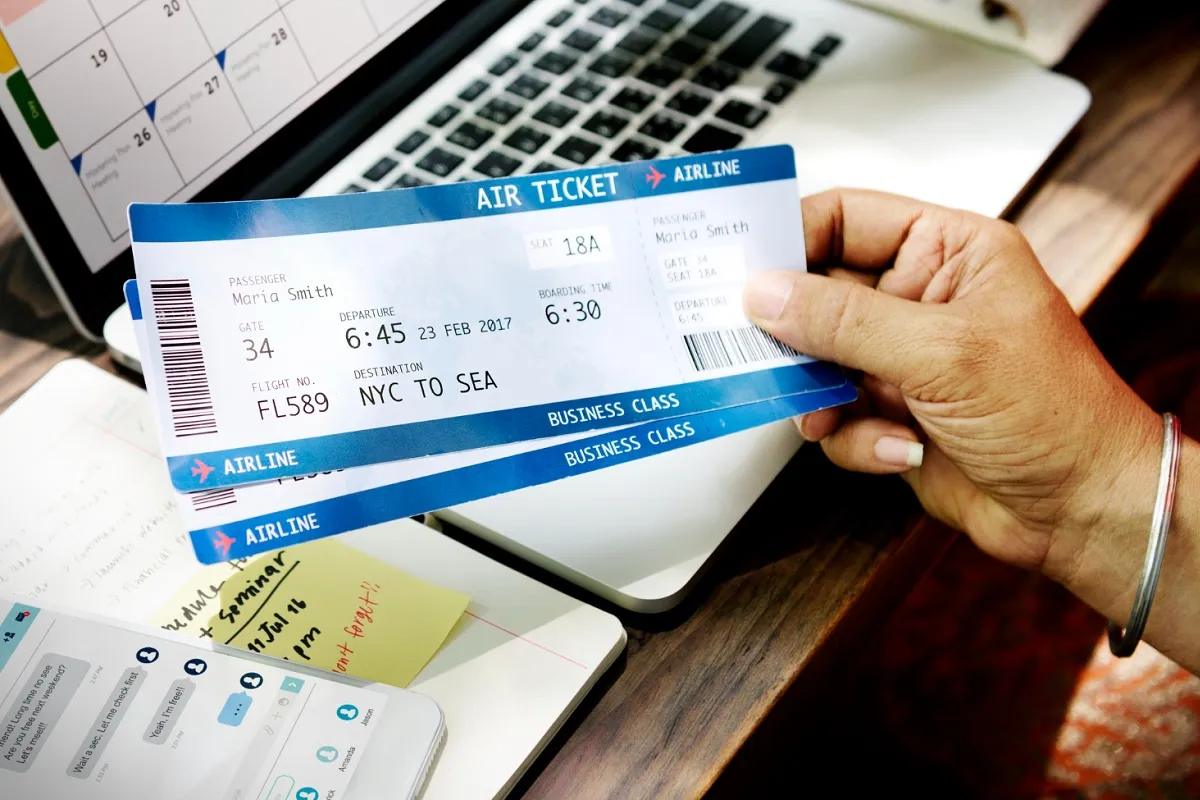Have you ever booked a flight and then been surprised by hidden fees at the airport?
You’re not alone. Airlines are increasingly hiding fees for things like checked bags, seat assignments, and Wi-Fi access. This can make it difficult to compare prices between different airlines and to budget for your flight.
In this blog post, we’ll discuss the different types of hidden fees that airlines charge and how to avoid them. We’ll also talk about the impact of hidden fees on consumers and what can be done to stop airlines from hiding their true costs.
By understanding the hidden fees that airlines charge, you can make informed decisions about your travel plans and save money on your next flight.
How airlines hide the cost of air travel?
Airlines are supposed to be transparent about the cost of flying, but they often hide fees and other charges in order to make their flights seem cheaper than they really are. This can be done in a number of ways, such as:
1. Baggage fees
Not including baggage fees in the base price of the ticket. This means that the price you see when you book your flight may not include the cost of checking your bags. If you need to check a bag, you will be charged an extra fee at the airport.
2. Seat assignment
Not including seat assignment fees in the base price of the ticket. This means that you may not be able to choose your seat when you book your flight. If you want to choose a specific seat, you will be charged an extra fee.
3. Food
Not including meals and drinks in the base price of the ticket. This means that you will have to pay for food and drinks on board the plane.
4. Internet
Not including Wi-Fi access in the base price of the ticket. This means that you will have to pay for Wi-Fi access on board the plane.
5. Extra charges
Charging extra for priority boarding, checked bags, carry-on bags, seat assignments, food, drinks, Wi-Fi, and other amenities. Airlines can charge extra for a variety of other amenities, such as priority boarding, extra legroom seats, and in-flight entertainment.
Here is an example of how airlines can hide fees:
An airline might advertise a base price of $100 for a flight from Destination A to Destination B. However, the airline might also charge $50 for checked bags, $25 for a seat assignment, and $10 for a meal. The total cost of the flight would then be $185, even though the airline advertised it as being $100.
Hassle-Free Air Ticketing with Misk el Harmain: Here’s How We Simplify Your Travel Plans
Airlines hide fees in order to make their flights seem cheaper than they really are. This can make it difficult for consumers to compare prices between different airlines and to budget for their flights.
Here are some tips for avoiding hidden fees when flying:
- Read the fine print of the airline’s terms and conditions carefully.
This is where airlines often hide fees. - Be aware of the different types of fees that airlines can charge.
This includes baggage fees, seat assignment fees, meal fees, Wi-Fi fees, and other amenities. - Compare prices from different airlines and booking websites.
This will help you to find the best deal on your flight. - Consider flying with a budget airline.
Budget airlines often charge fewer fees than traditional airlines.
The impact of hidden fees on consumers
Hidden fees can impact consumers in a number of ways:
1. Price comparison
Making it difficult to compare prices between different airlines. When airlines hide fees, it can be difficult to compare prices between different airlines. This is because the total cost of the flight may not be clear until you get to the airport or on the plane.
2. Budget
Making it more difficult to budget for air travel. Hidden fees can make it more difficult to budget for air travel. This is because you may not know how much you are going to spend until you are at the airport or on the plane.
3. Unexpected expenses
Leading to unexpected expenses at the airport or on the plane. Hidden fees can lead to unexpected expenses at the airport or on the plane. For example, you may be charged a fee for checking a bag, choosing a seat, or getting Wi-Fi access.
4. Frustration
Causing frustration and inconvenience. Hidden fees can cause frustration and inconvenience for consumers. This is because consumers may not expect to be charged extra for things that they thought were included in the price of their ticket.
Here is an example of how hidden fees can impact consumers:
A consumer books a flight from New York to Los Angeles for $100. However, the airline charges $50 for checked bags, $25 for a seat assignment, and $10 for Wi-Fi access. The consumer does not realize that these fees are not included in the price of the ticket until they get to the airport. The consumer is now forced to pay an additional $85 in fees, which means that the total cost of the flight is now $185.
Hidden fees can be a burden for consumers, especially those who are on a tight budget. Consumers should be aware of the different types of hidden fees that airlines can charge and take steps to avoid them.
Here are some tips for avoiding hidden fees when flying:
- Read the fine print of the airline’s terms and conditions carefully.
This is where airlines often hide fees. - Be aware of the different types of fees that airlines can charge.
This includes baggage fees, seat assignment fees, meal fees, Wi-Fi fees, and other amenities. - Compare prices from different airlines and booking websites.
This will help you to find the best deal on your flight. - Consider flying with a budget airline.
Budget airlines often charge fewer fees than traditional airlines.
Tips for avoiding hidden fees
Here are some tips for avoiding hidden fees when flying:
1. Terms and conditions
Read the fine print of the airline’s terms and conditions carefully. This is where airlines often hide fees. Look for any mention of baggage fees, seat assignment fees, meal fees, Wi-Fi fees, or other fees.
2. Calculate fees
Be aware of the different types of fees that airlines can charge. This includes baggage fees, seat assignment fees, meal fees, Wi-Fi fees, and other amenities. When you are comparing prices between different airlines, be sure to factor in any additional fees that may be charged.
3. Price comparison
Compare prices from different airlines and booking websites. This will help you to find the best deal on your flight, including the lowest fees.
4. Budget airline
Consider flying with a budget airline. Budget airlines often charge fewer fees than traditional airlines. However, it is important to be aware of the restrictions that budget airlines may have, such as fewer legroom and fewer amenities.
Here are some additional tips for avoiding hidden fees:
- Choose a carry-on bag that is small enough to fit under the seat in front of you.
This will save you money on baggage fees. - Choose a seat assignment when you book your flight, if possible.
This will avoid paying a fee for seat assignment at the airport. - Bring your own food and drinks on the plane.
- This will save you money on meal and drink fees.
- Use your own mobile device for Wi-Fi access.
Many airlines charge for Wi-Fi access on the plane.
Bottom line
Airlines are hiding the true cost of air travel by charging hidden fees for things that used to be included in the price of the ticket. This can make it difficult for consumers to compare prices between different airlines and to budget for their flights.
Hidden fees can be a burden for consumers, especially those who are on a tight budget. Consumers should be aware of the different types of hidden fees that airlines can charge and take steps to avoid them.
Consumers should also advocate for change. They can contact their elected representatives and urge them to pass legislation that would require airlines to be more transparent about their fees.




